Help! New Kentia Palm is dying!
jctalbot
11 years ago
Related Stories

ORGANIZINGHelp for Whittling Down the Photo Pile
Consider these 6 points your personal pare-down assistant, making organizing your photo collection easier
Full Story
PETS6 Ways to Help Your Dog and Landscape Play Nicely Together
Keep your prized plantings intact and your dog happy too, with this wisdom from an expert gardener and dog guardian
Full Story
HOME TECHTurn 'Obsolete' Tech Into Fun Home Help
Here's how to put your old Mac, Atari or Newton to work around the house
Full Story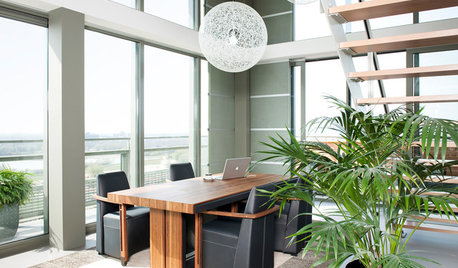
HOUSEPLANTSMeet a Palm That's Fine With Fluorescent Light
Get the look of the tropics without the full-on sun and high humidity — parlor palm tolerates regular indoor conditions with aplomb
Full Story
HOUSEPLANTSOne Pot, One Big Shot of the Tropics
Give your rooms exotic flair in a single stroke. Tall Kentia palm fits the tropical bill beautifully
Full Story
GARDENING GUIDES10 Drought-Tolerant Shrubs That Thrive in Full Sun and Reflected Heat
Got a hot spot in your garden where plants often die? Try these tough shrubs that add beauty while shrugging off the heat
Full Story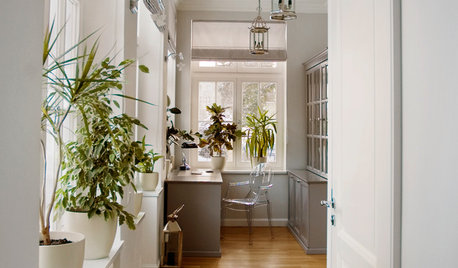
HOUSEPLANTSHow to Create an Indoor Landscape
Apply principles and elements of design to help your indoor garden flourish
Full Story
GARDENING GUIDESHow to Keep Your Citrus Trees Well Fed and Healthy
Ripe for some citrus fertilizer know-how? This mini guide will help your lemon, orange and grapefruit trees flourish
Full Story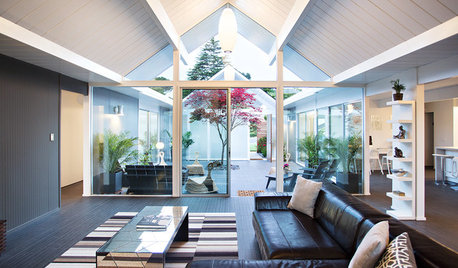
HOUZZ TVHouzz TV: Reinvigorating a Gable Eichler for a Family
Its classic open atrium remains, but updates help this California home meet today’s codes and quality standards
Full Story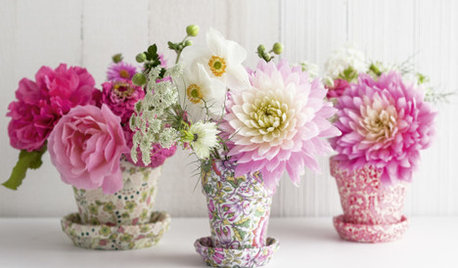
DIY PROJECTSHow to Make Cut Flowers Last Longer
Do your store-bought flowers fade too soon? Get expert advice on helping them stay fresh
Full Story





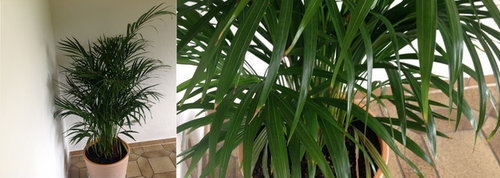




tropicbreezent
Tiffany, purpleinopp Z8b Opp, AL
Related Professionals
Manhattan Beach Landscape Architects & Landscape Designers · Rancho Cordova Landscape Architects & Landscape Designers · Towson Landscape Architects & Landscape Designers · Medford Landscape Contractors · Tempe Landscape Contractors · Forest Hills Landscape Contractors · Fort Wayne Landscape Contractors · Gainesville Landscape Contractors · Lexington Landscape Contractors · Longview Landscape Contractors · New Brighton Landscape Contractors · Wanaque Landscape Contractors · Woodbury Landscape Contractors · Liberty Township Interior Designers & Decorators · North New Hyde Park HandymanjctalbotOriginal Author
stewartsjon
birdsnblooms
tropicbreezent
stewartsjon
tropicbreezent
birdsnblooms
tropicbreezent
birdsnblooms
stewartsjon
tropicbreezent
birdsnblooms
tropicbreezent
PalmSnob46
Tiffany, purpleinopp Z8b Opp, AL
tleeg1
tleeg1
matthewandsolange